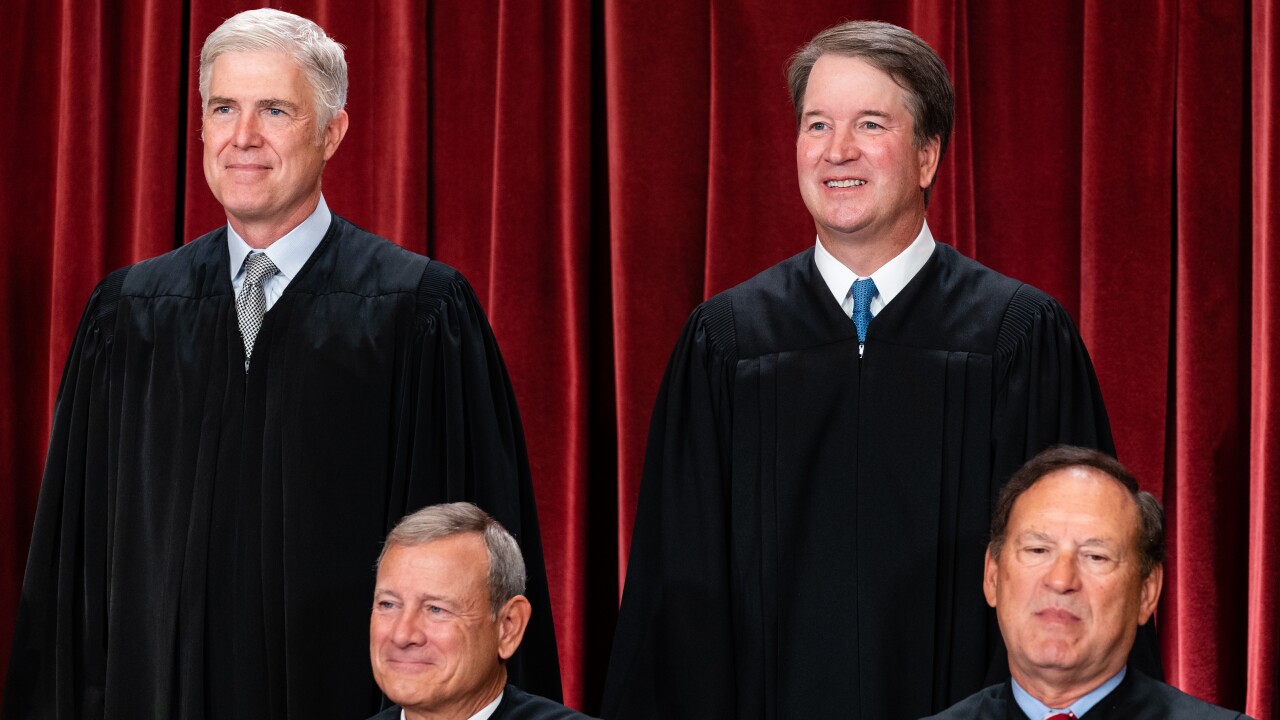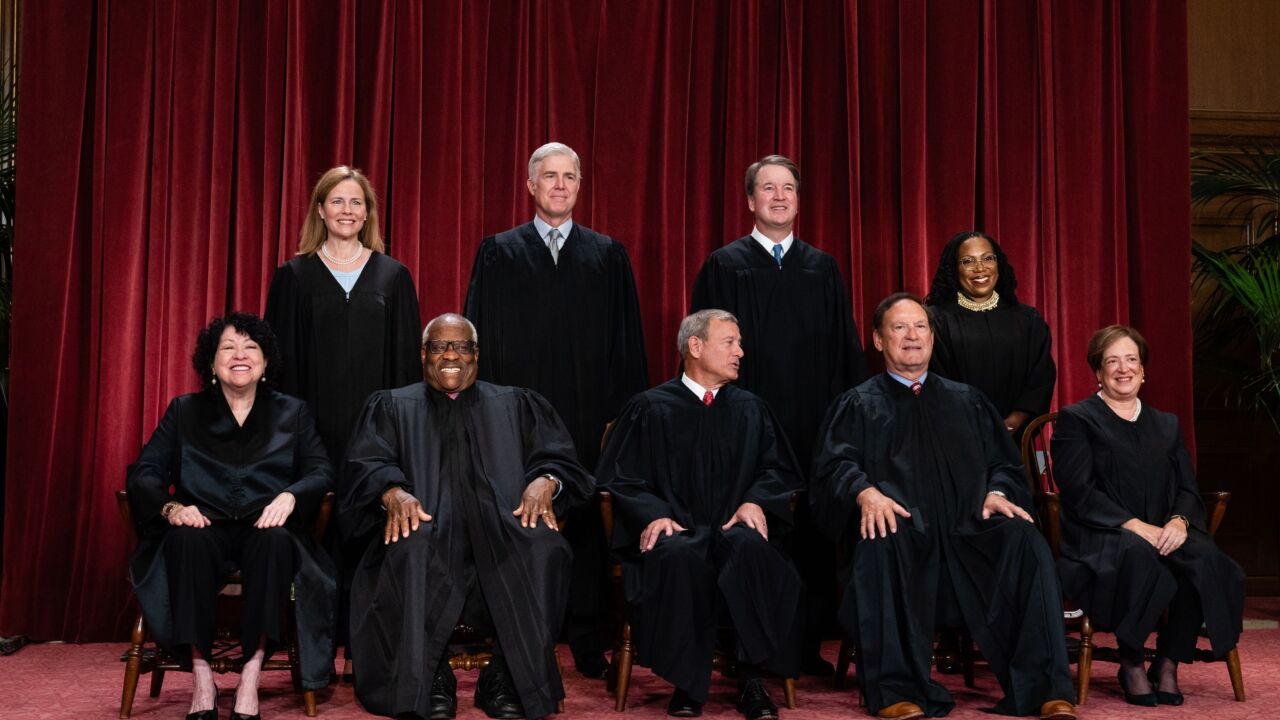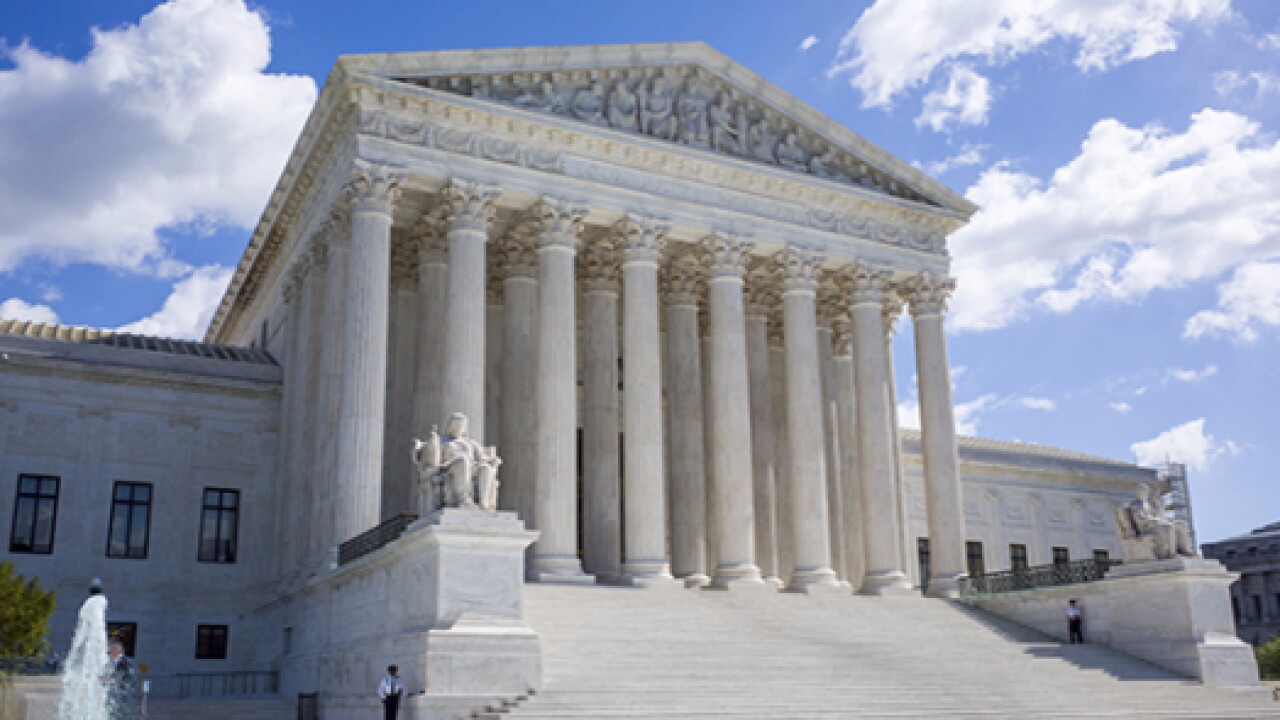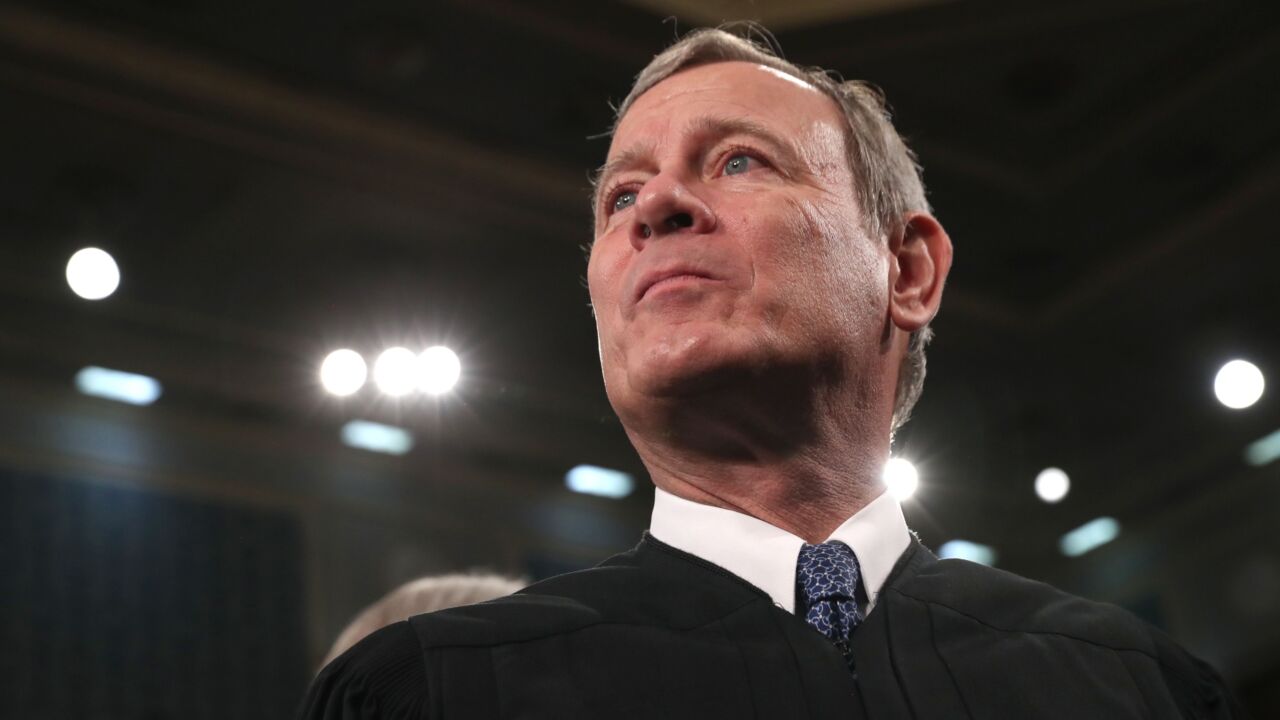-
The high court's much-anticipated ruling gives federal courts — rather than executive agencies — the power to interpret ambiguous statutes. The decision is expected to facilitate an increase in litigation over banking regulations.
June 28 -
The Supreme Court issued an opinion Thursday morning that was unequivocal in its view that Congress is constitutionally empowered to fund agencies with open-ended and indirect funding mechanisms, overruling a 5th Circuit opinion from 2022 that found that executive branches must be subject to direct Congressional appropriations.
May 16 -
A clash over pay playing out in contract negotiations between the Consumer Financial Protection Bureau and its employee union occur as the Supreme Court is considering whether the agency must get its funding from Congress.
February 5 -
The case involves a house seized for a tax debt — but the state pocketed the profits.
May 16 -
A 2019 decision by Amy Coney Barrett, then a 7th Circuit judge, cited an earlier Supreme Court ruling suggesting a high bar for plaintiffs to claim harm. But other jurists have favored a less onerous standard.
October 27 -
A recent ruling declaring the Consumer Financial Protection Bureau’s structure unconstitutional signaled that a similar outcome awaits the Federal Housing Finance Agency. But the FHFA will argue in a new case that it does not deserve the same fate.
July 14 -
B. Riley FBR raised its ratings for both Fannie Mae and Freddie Mac to sell from neutral on the possibility the net worth sweep is declared illegal.
July 13 -
The high court ruled June 29 that the structure of the Consumer Financial Protection Bureau violated the separation of powers.
July 9 -
The agency sought to provide certainty that most actions from the past eight years remain in effect despite the ruling that the bureau's leadership structure is unconstitutional.
July 7 -
Legal experts say it is now more likely that the Supreme Court will strike down the single-director governance framework for Fannie Mae and Freddie Mac’s regulator.
July 2 -
The Supreme Court threw out a key statutory provision concerning the agency’s leadership structure, but the presidential election and possible legislative reforms could bring about more changes to the embattled bureau.
June 29 -
In a split 5-4 decision, the justices gave presidents new power to remove the agency's head at will. The ruling could have far-reaching implications for other regulators with single directors.
June 29 -
The court’s liberal bloc and Chief Justice John Roberts, who holds a crucial swing vote, appeared reluctant to remove a contentious provision that limits a president’s ability to fire a sitting director of the bureau.
March 3 -
John Roberts could play a familiar role as the swing vote in determining whether the Supreme Court curbs the consumer bureau’s power.
March 2 -
Democratic lawmakers, state attorneys general and others filed briefs with the Supreme Court rebutting claims that the agency’s leadership structure is unconstitutional.
January 24 -
The Supreme Court appointed Paul Clement to represent the agency after the bureau’s current director questioned its constitutionality.
January 15 -
The case before the court deals mainly with a statutory clause limiting the president’s ability to fire a CFPB director. But briefs filed with the court say striking that provision does not fully solve the bureau’s constitutional problems.
January 2 -
The high court scheduled oral arguments on March 3 in the lawsuit dealing with a president's ability to fire the head of the Consumer Financial Protection Bureau.
November 26 -
The Supreme Court is ready to weigh in on the CFPB’s leadership structure, but both agencies are facing similar constitutional challenges, suggesting a broader impact of any decision.
November 4 -
A lower court “erred” when it sided with Fannie Mae and Freddie Mac’s investors, the Justice Department said in its petition to the high court.
October 30


















